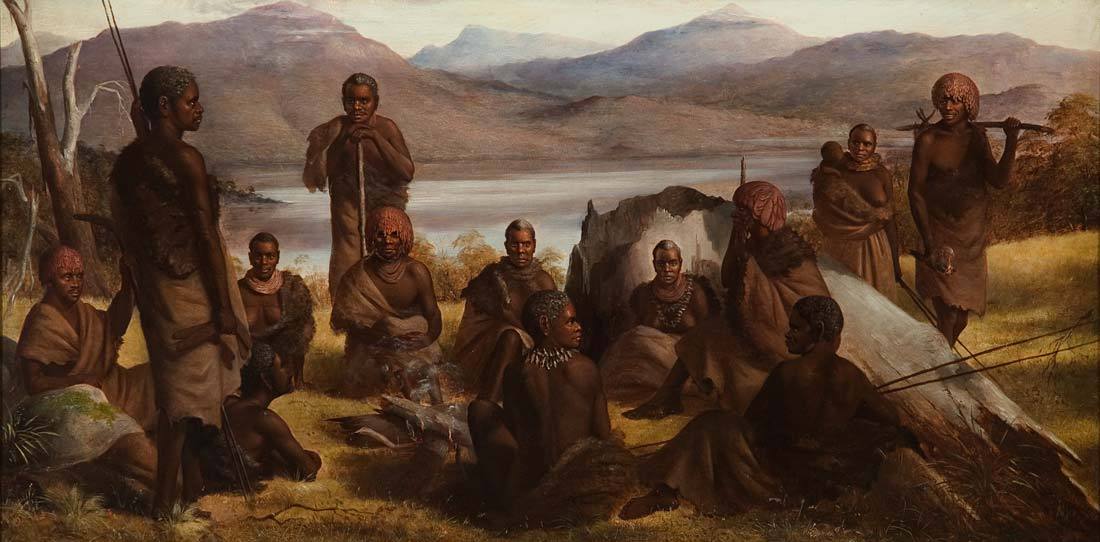 While reading The Disappearing Spoon by Sam Kean, the author discussed the concept of ‘pathological science.’ ‘Pathological science’ results from scientists who cling to their ideas even when there is plenty of evidence against them. For instance, Kean discusses the idea that megalodon sharks might still be circling the deep oceans even though there is no evidence for this, while there is evidence that those sharks died out at least one million years ago. Yet, some scientists are pathologically attached to the idea that the megalodon lives.
While reading The Disappearing Spoon by Sam Kean, the author discussed the concept of ‘pathological science.’ ‘Pathological science’ results from scientists who cling to their ideas even when there is plenty of evidence against them. For instance, Kean discusses the idea that megalodon sharks might still be circling the deep oceans even though there is no evidence for this, while there is evidence that those sharks died out at least one million years ago. Yet, some scientists are pathologically attached to the idea that the megalodon lives.
I realized that ‘pathological science’ was the perfect term to describe what happened over the past 25 years with the rise of mtEve and the demotion of Neanderthals to non-H. sapiens status. There was/is little evidence to support mtEve as a concept, but it so excited many otherwise respectable scientists, not to mention the media and the general public, that mtEve swept away anyone who disagreed that she was the mother of all modern humans. This was a pathological science creation event par excellence. If this non-existent entity had been named mtMable, the rush to embrace her probably would not have occurred.
The name ‘mtEve’ fed into the creation stories many scientists were raised with; even if they no longer believed the stories, the concepts still manifested at an unconscious level. For the media and the general public who did/do still believe these creation stories, mtEve provided immediate validation that humans were special. Humans were not just another animal; not just another result of evolution. Pathological scientists also want ‘modern’ humans to be viewed as special, distinct, better than any preceding humans who were ‘archaic’ and different, more like an animal, less intelligent. Given the location of mtEve (Africa) and the poorly-derived date of mtEve (it varies a great deal, but many use 250,000 years ago), Neanderthals were relegated to the ‘archaic’ heap.
I have spent the past two-plus decades fighting against this pathological science, only to see it become accepted dogma even in textbooks. This is disturbing. If scientists can be so swept away by their emotions that they totally ignore evidence, is it any wonder that respect for science is softening? Fortunately, science is eventually self-correcting. It’s taken too long, but it is finally becoming clear that Neanderthals were no less ‘modern’ than so-called ‘moderns.’ There was no creation event 250,000 years ago in which mtEve popped into being and begat the first modern human. For 25 years, I asked for evidence of how speciation occurred between ‘archaics’ and ‘moderns’ and was shown no evidence. I was not surprised since there was and is no such evidence: mtEve was a creation of pathological science.
Robert G. Bednarik’s chapter, “The Expulsion of Eve” in his book The Human Condition, is a precise and detailed refutation of mtEve and the concept of ‘modern’ and ‘archaic’ humans. He slices and dices the ‘evidence’ (morphological, genetic, lithic, and cultural) until there is nothing left but hot air. While Bednarik does not use the term ‘pathological science’, it is clear from his analysis that mtEve proponents were and are acting pathologically. “…the Eve supporters have led the study of hominin origins on a monumental wild-goose chase.”

